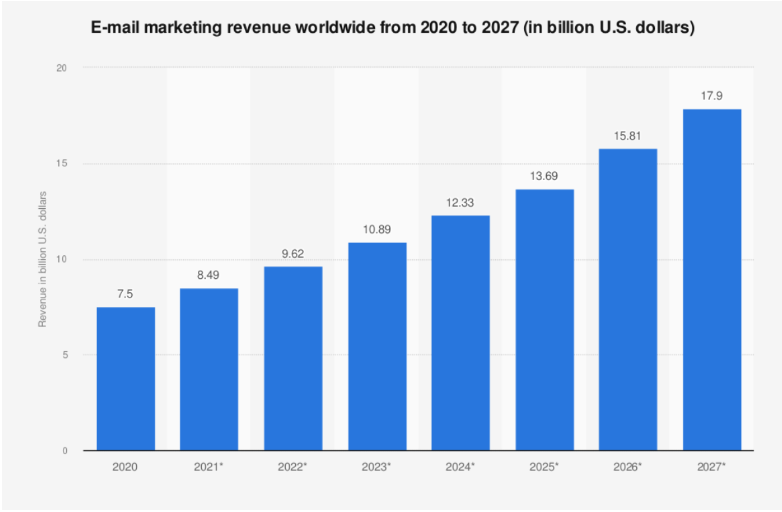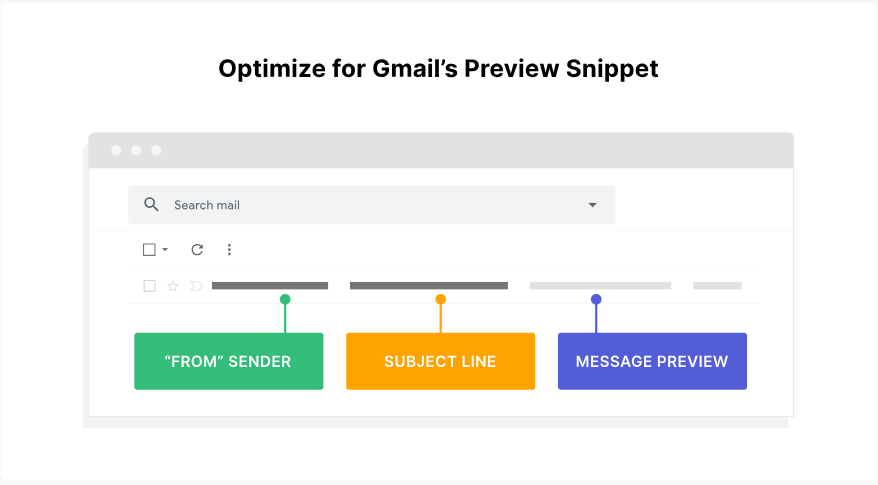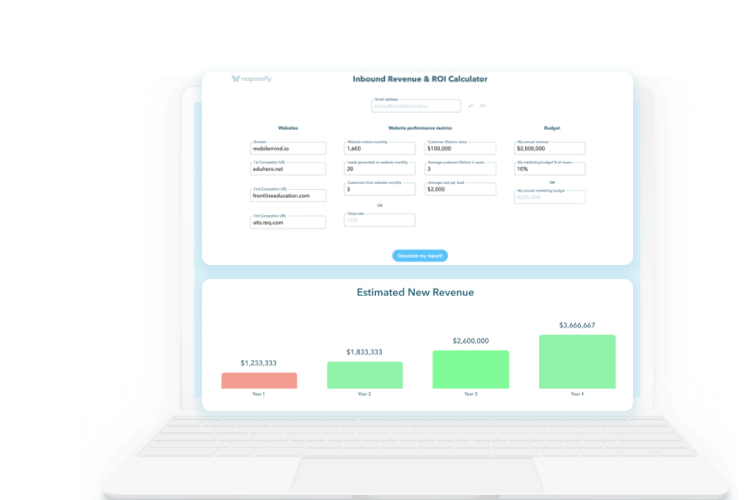 April 2, 2024
April 2, 2024 4694 Views
4694 Views  6 min read
6 min readBuilding effective lead-nurturing emails is crucial for engaging potential customers and outperforming your competition. Nurture emails are a must-have for every great communication strategy. First, let’s clarify: lead generation helps you fill your funnel with quality prospects and aims to produce more and more MQLs. Lead nurturing focuses on developing customer relationships with your leads and taking them on a journey that might impact their buying behavior, a.k.a. converting them into customers.
 Image source: Statista
Image source: Statista
The image reveals that email marketing revenue is estimated to reach almost 18 billion by 2027. If you have doubts about lead nurturing as a top strategy to grow your business, we dive into the reality of email marketing today. We uncover its relevance and how it works. We also provide a step-by-step guide to help you create compelling lead nurturing emails and craft an email with lead-nurturing examples.
Today’s customers can find many competitors, so you need to show them why your solution is the best choice for solving their challenges. By guiding your leads with educational and informative content, your company will be at the top of their minds when they are ready to purchase. Because 96% of visitors who come to your website or fall into your lead gen system need more time to be ready to buy, lead nurturing becomes essential. Lead nurture email campaigns offer recipients actionable insights that drive action. Email initiatives are known to drive the highest ROI.
Consistent communication is invaluable for converting leads. It builds trust by addressing their pain points and educates your prospects on the value of your service.
People still love email, and it works well for nurturing and converting leads through your inbound efforts. But people have become busier and pickier regarding emails they open and read. So you need to have a game plan to deliver the goods—that are relevant, timely, and useful if you want to engage your potential customers further. The primary purpose of email nurturing is to familiarize your leads with who you are and what you do. Through nurturing, the leads learn you have the solution to their problem. Let’s consider a few things you want to keep in mind with every email you send.
This may seem simple, but if you don’t clearly understand who you’re talking to, it’s a waste of time. Email marketing builds relationships and can help make sales happen. But it doesn’t work if you don’t understand their needs and wants. One quick way is to monitor their open rates and click-through rates. This will tell you something about what resonates with your audience. And when your database has more than one persona or market segment, you should segment your list.
The last thing you want to do is send an email that is of absolutely zero interest to the receiver. You could have a kick-ass email, but you need to divide your recipients into groups based on their interests and behaviors. Email segmentation ensures that the right emails go to the right people. Along with the list segmentation comes providing valuable content with expert insights.
But here’s the deal. Nobody has time to read your 2,000 words in an email. (that’s what a CTA is for) Keep it short and somewhat punchy. Your lead should be able to glance at your email and know within seconds that you have something they want to hear. Targeted content is specific content created for a specific audience.
Focusing on one topic per email gives your reader time to process what you’re saying and how to respond. Think of it as a simple conversation on one topic. Email copy—the written content of your email—should be short and concise.
When your people decide whether or not to open an email, they look at three things:  Image source: Backlinko: Email Marketing: The Definitive Guide
Image source: Backlinko: Email Marketing: The Definitive Guide
Subject lines are often your only chance to stand out in a very crowded inbox. So, here are a couple of things you need to do:
Use a familiar sender name “If the ‘from’ name doesn’t sound like it’s from someone you want to hear from, it doesn’t matter what the subject line is,” explains Copy Hacker’s Joanna Wiebe.
Focus on your subscriber when it comes to the subject line Your job is to make it easy for your recipient to say yes and open the email. You can use urgency, curiosity, offers, and more. Use personalization tokens, like their name in the subject line, to add rapport and increase the click-through rate. Keep in mind that we all like to scan our inboxes, so the clearer your subject line is, the better.
Don’t miss out on adding a ‘message preview” Your email preview text can help build off your subject line and further pull your recipients in. Preview/message text is found below or next to an email’s subject line. It helps give extra insight into what’s in the email. If you use Gmail, it’s referred to as Snippet text.
Also Read – How to Effectively Utilize Email Lead Generation
Personalizing an email helps you gradually build a relationship with your leads and move them down the sales funnel. You need to connect with your leads and build trust until they are ready to purchase.
CTAs are an effective way to encourage your email recipient to continue interacting with you and your brand. It is the most essential element in your marketing message. The CTA is the step in making your reader do something—Take action.
Optimizing for mobile went from ‘nice-to-have’ to an absolute necessity. With the new ‘mobile-first’ world, consider . . .
An email nurturing campaign is a powerful tool for building solid relationships with your audience. However, you need to understand whether your campaigns were effective. Key metrics to pay close attention to are open rates, click-through rates, and conversions. Based on your business goals, set goals for each metric. The most significant measurement of success is audience engagement, with the best metric being revenue impact.
Lead nurturing remains a dynamic and vital part of the marketing strategy landscape. The key to harnessing the full power of email marketing lies in using the right tools and strategies. Responsify takes the guesswork out of email marketing. Investing in email marketing campaigns is more vital than ever. And part of the strategy is knowing your email analytics and marketing metrics.
If you decide email marketing campaigns are an avenue you want to pursue to get your foot through your customer’s door faster, let’s talk.
Also Read – Email Nurturing: What is It and How to Do It Successfully
